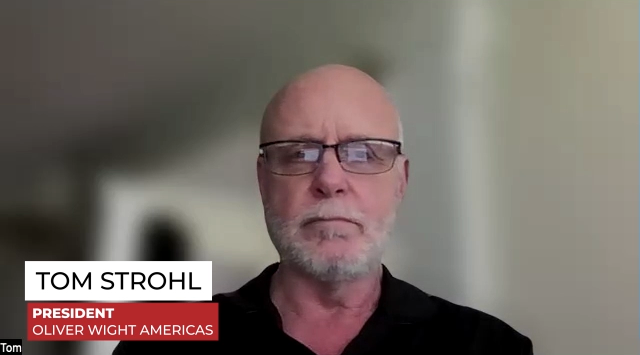
Tom Strohl, president of Oliver Wight Americas, explains how integrated business planning can be deployed to close the gap between high-level strategizing and execution.
The term “operationalizing strategy” means “translating high-level business goals into actionable and measurable plans that can be executed,” Strohl says. With IBP, that’s done by creating an aggregate view of the business that provides visibility to senior leaders of both strategic objectives and performance measures.
The tool enables senior executive decision-making, based on the ability to answer four key questions: How are we doing? Are our plans realistic? Do they meet the needs of the business? And, do we have any gaps that need to be closed?
With that structure in place, Strohl says, businesses can achieve the transparency needed to drive accountability for the strategy among senior leaders.
None of this happens in a static environment; businesses are constantly looking for ways to grow. Strohl says that happens in three primary ways: growing the base through larger product portfolios and customer acquisition, innovation and new-product development, and tmergers and acquisitions.
IBP directly supports the first two methods of growth, and indirectly impacts M&A when senior leaders pursue it “as a gap-closing action,” Strohl says.
The whole basis of IBP lies in its ability to adapt strategy and tactics in line with ever-changing market conditions. All levels of the organization must learn to do that, aided by visibility into “gaps you didn’t see previously.” That capability allows the business “to get back on track with its annual operating plan or strategy.”
Strohl reviews some of the tools that are available to enable the requisite visualization of business performance, and identification of the gaps between high-level planning and execution.